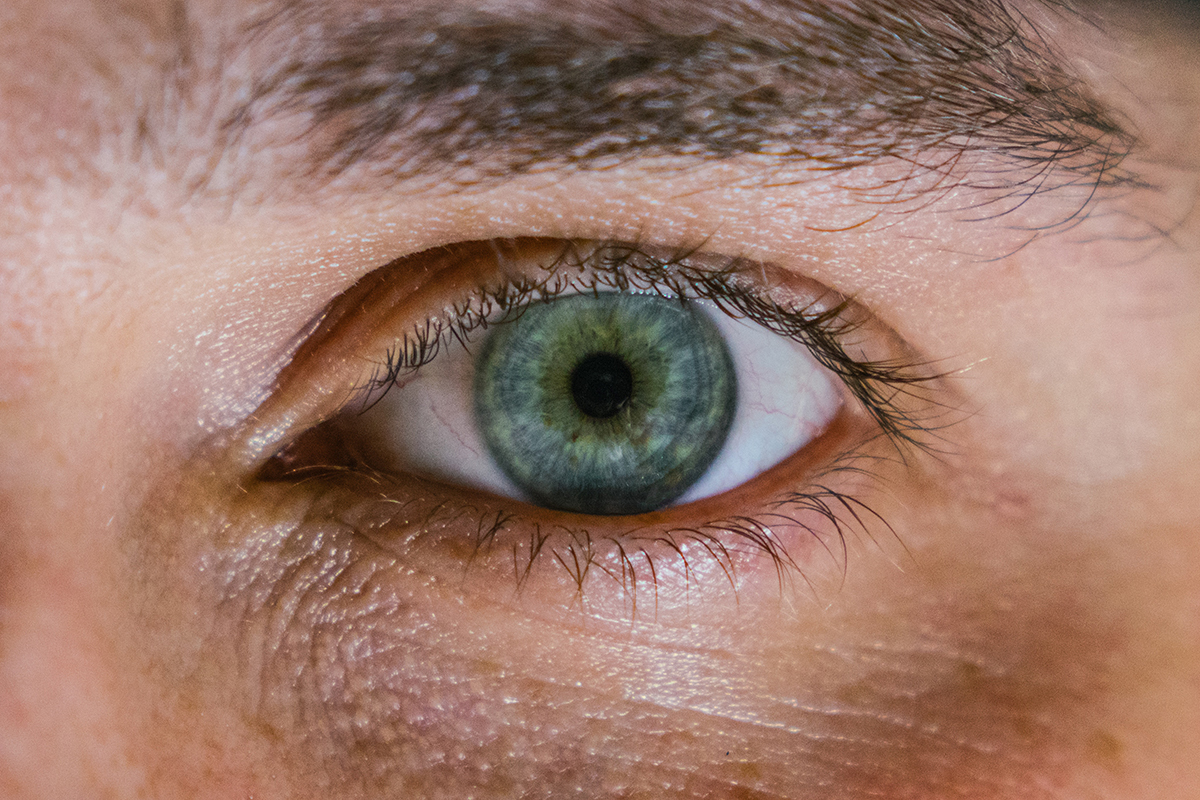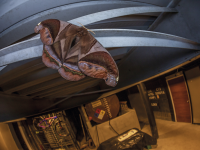
BEGOÑA DOMENECH AMIGOT answers:
The sclera, known for its color as «the white part of the eye», is an opaque, resistant, and fibrous membrane that covers part of the eyeball, giving it shape and protecting its interior. It extends from the optic nerve, at the back of the eyeball, to the cornea, which is the transparent membrane we see at the anterior chamber, in front of the iris, through which light enters the eye. These two membranes, which join together in the sclerocorneal limbus, form the outermost layer of the eyeball, a unit with good tensile strength which acts as a skeleton for the eye. The sclera is covered by the conjunctive, a pale pink transparent mucous membrane.
The cornea is the optical element of the eye that contributes most to the quality of the final image, so it must be transparent. Light enters the eye through the cornea and reaches the retina after refracting in the lens, which is the other fundamental element in the optics of the visual process.
The sclera, however, does not participate in the process of image formation, so its main function is skeletal and protective of the tissues, structures, and ocular humors that do contribute to the visual process.
Begoña Domenech Amigot is a professor of the Department of Optics, Pharmacology, and Anatomy of the University of Alacant






